The often gray days of New England “spring” find us longing for a little color in our lives. Our Special Collections team has been thinking of opportunities to provide our patrons with a creative break—however large or small. We’re hoping that you can add some color to our world.
The Boston Public Library’s digitized collections provide a myriad of images that happen to make lively coloring pages. The popularity of coloring books—and in recent years, particularly those aimed at adults—is nothing new. The benefits of drawing are widely noted in art therapy. Over the past few years, studies have emerged suggesting that guided coloring activities can reduce participants’ anxiety, making coloring books an accessible and effective alternative to lowering anxiety through the act of free-hand drawing. [1]
We hope that you enjoy this selection of several woodcut illustrations from our Rare Books and Manuscripts Department to launch BPL’s “Color Our Collections.”
All of the below coloring pages are freely downloadable as PDFs by clicking on the images. If you don’t have access to a printer at home, there are many coloring applications available online that allow you to upload these images and color away. We’re listing some with free platforms or free trials here:
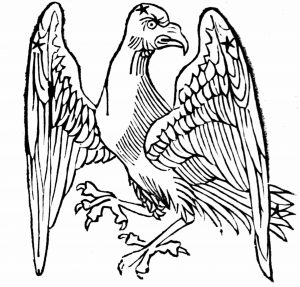
This collection of the principal Latin translations of Aratus’ Phaenomena is full of coloring options. Included in the 1488 edition are 38 woodcut illustrations of constellations. This includes Aquila (Latin for “eagle”) with stars marking the folds of its wings, and this illustration of Pegasus, the winged horse:
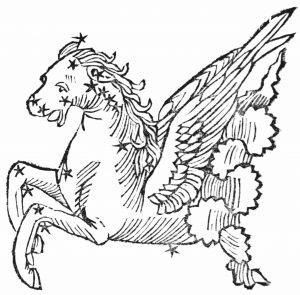
The placement of the stars in each illustration marks their approximate arrangement in the night sky, serving as landmarks for each constellation. The circular design below illustrates signs of the zodiac. In it, you can find allegorical figures (including the familiar Leo, Taurus, and Gemini) intertwined across rings of the heavens.
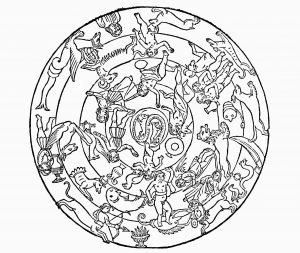
Do you prefer gardening? Another prime source of coloring page illustrations is John Gerard’s The herball, or, Generall historie of plantes, published in 1597. A BPL staff member selected this intricate illustration of an annual favorite in local gardens: the marigold. Gerard’s edition distinguishes between the “Double Globe Marigolde” and the “smaller double Marigold,” not to be outdone by “the greater double Marigold,” or “The greatest double Marigold” (who knew that a single species could offer so many superlatives?).
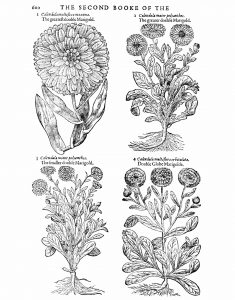
In addition, enjoy this illustration with examples of coats of arms arranged in a circle with the crown of Saint Stephen at center from the 1488 Chronicle of the Hungarians.
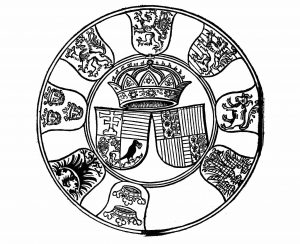
We would love to see your work. Please share your BPL coloring results with us on social media by tagging #bplcolorourcollections, or send your results to colorourcollections@bpl.org.
Stay tuned for some more pages celebrating your favorite locations around the Central Library!
[1] Laura E. Ashlock, Cindy Miller-Perrin & Elizabeth Krumrei-Mancuso (2018) The Effectiveness of Structured Coloring Activities for Anxiety Reduction, Art Therapy, 35:4, 195-201, DOI: 10.1080/07421656.2018.1540823


Add a comment to: Color Our Collections, Part 1